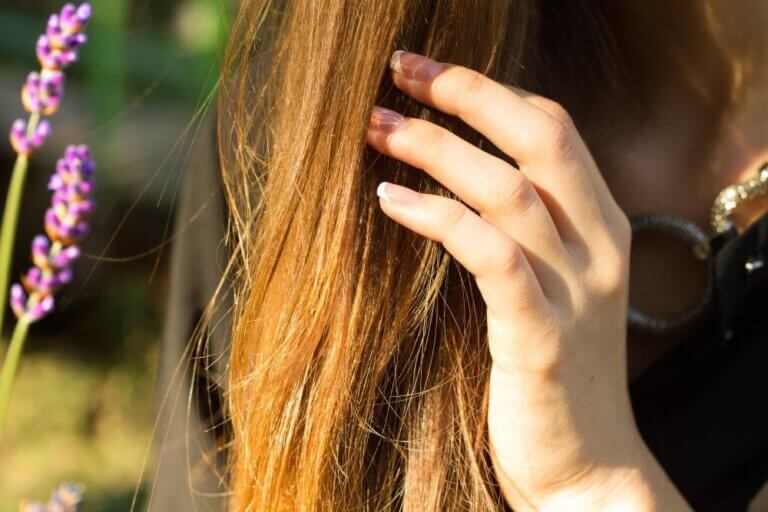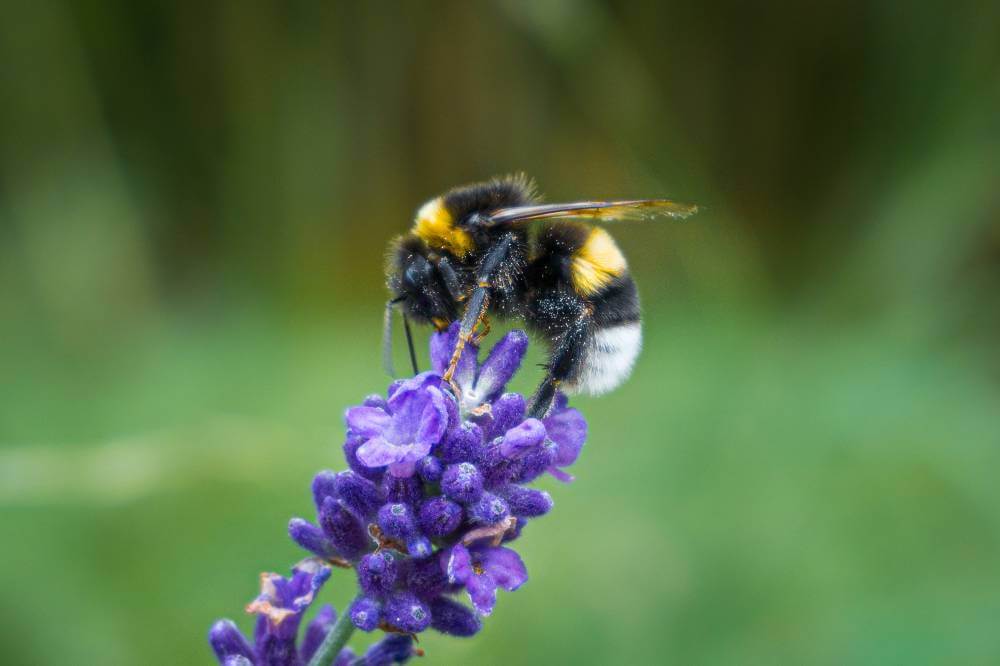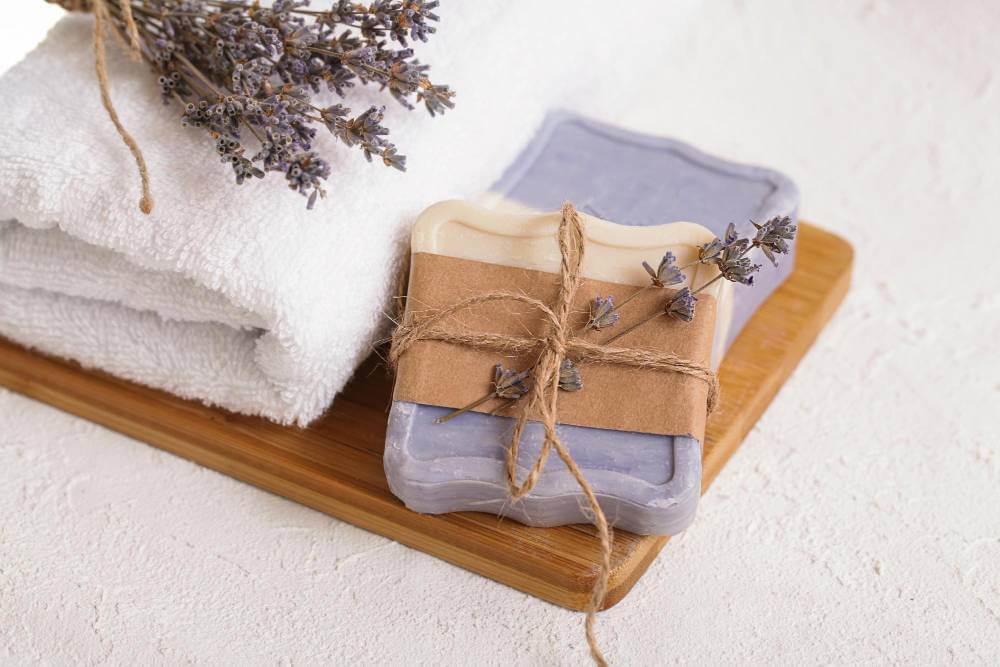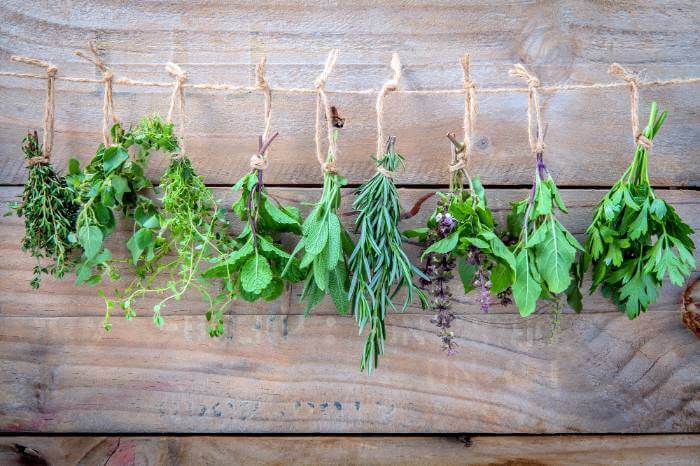Hey there, green thumbs and beauty enthusiasts! Are you tired of trying every hair growth potion and lotion on the market with little to no success? Well, why not turn your garden into your very own beauty lab? Today, I’m thrilled to share how you can grow herbs that not only make your garden look fantastic but also work wonders for boosting hair growth and thickness. So, let’s dig into the world of herbal hair care, and trust me, it’s not as thorny as it sounds!
Why Herbs for Hair?
Before we start planting, let’s talk a bit about why we’re focusing on herbs for hair care. Nature is pretty generous in providing solutions that have been used for centuries, long before commercial products filled our shelves. Herbs are packed with vitamins, antioxidants, and minerals that nourish the scalp, stimulate the hair follicles, and improve hair health. Plus, they’re cost-effective and environmentally friendly – your hair and wallet will thank you!
The Best Herbs for Hair Growth and Thickness
First up, let’s meet the stars of our garden show. Each of these herbs has unique properties that can help turn those limp locks into luscious tresses.
Rosemary: The Circulation Booster
This herb is not just great for your roasts; it’s also a hero for your hair. Rosemary oil is known to boost blood circulation to the scalp, which significantly encourages hair growth. Its anti-inflammatory properties help protect hair follicles from damage and premature thinning. It can also help with dandruff and dry scalp issues.
Growing Tips: Rosemary loves the sun and well-draining soil. It’s pretty drought-tolerant, so don’t worry about under-watering. Just give it a sunny spot, and it will grow happily. In very cold climates, it’s advisable to grow rosemary in pots that can be moved indoors during winter or to provide some form of frost protection like mulching or covering the plant during the coldest months.
How to Use: Brew a strong batch of rosemary tea by simmering fresh or dried leaves in boiling water for at least 20 minutes. Let it cool, then use it as a hair rinse after shampooing. Massage into the scalp and leave it on for an enhanced effect.
Peppermint: The Growth Stimulator
Peppermint isn’t just for freshening your breath. Peppermint contains menthol, which causes a cold, tingling feeling that might increase blood flow to the area. This can rejuvenate hair follicles and promote hair growth during the anagen (growing) phase.
Growing Tips: Peppermint is known for its vigorous growth and can easily spread if not managed properly. To keep it under control it’s wise to plant peppermint in containers or confined spaces. Peppermint prefers rich, moist, well-drained soil. While peppermint can tolerate partial shade, it thrives best in full sun. Water the plants regularly, especially during dry spells, to keep the soil evenly moist but not soggy.
How to Use: Brew peppermint leaves to make a strong tea and mix it with your shampoo or conditioner for a tingling scalp massage during your shower. Alternatively, you can add a few drops of peppermint essential oil to a carrier oil like coconut or jojoba oil, and massage it into your scalp a few times a week. Be cautious as peppermint can cause irritation if not diluted properly.
Lavender: The Stress Reliever
Known for its soothing aroma, lavender is excellent for promoting hair growth and reducing stress, which can often be a hidden culprit behind hair loss. It also has antimicrobial properties, helping to keep the scalp healthy.
Growing Tips: Lavender thrives in well-drained, slightly alkaline soil. If your garden soil is heavy or clay-rich, consider growing lavender in raised beds or containers where you can better control the soil mixture. Lavender requires full sun, meaning at least 6 to 8 hours of direct sunlight each day. Once established, lavender is quite drought-resistant, embodying the essence of a low-maintenance plant. In very cold regions, consider growing lavender in containers that can be moved indoors during winter.
How to Use: Mix a few drops of lavender essential oil with a carrier oil and apply it to your scalp before bed. This not only stimulates the scalp but also helps in relaxing and getting a good night’s sleep.
Nettle: The Follicle Fortifier
Nettle, particularly stinging nettle, is a powerhouse plant often overlooked due to its, well, sting. But beneath that prickly exterior lies a trove of benefits, especially for hair health. Nettle is rich in vitamins A, C, K, and several B vitamins, as well as minerals like iron, silica, and sulfur, all of which are great for hair strength, growth, and overall health.
Growing Tips: Nettle prefers rich soil with good moisture content and partial shade, although it can adapt to a variety of soil conditions and even full sun. It is a hardy plant that can thrive in less-than-ideal soil, making it a great choice for areas where other plants might struggle. Nettle can be quite invasive due to its robust rhizome system and its ability to self-seed. To prevent it from taking over your garden, you might consider planting it in large containers or using barriers in the soil to contain its roots.
How to Use: Wear gloves to handle fresh nettle! Boil dried nettle leaves in water, strain them, and use the liquid as a hair rinse. Alternatively, you can drink nettle tea to build strength from the inside out.
Hibiscus: The Natural Conditioner
Hibiscus isn’t just for making decorative and delicious teas; it’s also a powerhouse for hair care. Loaded with vitamins and amino acids, hibiscus stimulates hair growth by invigorating the scalp and increasing blood circulation. It’s particularly effective for those looking to thicken their hair and prevent premature graying.
Growing Tips: Hibiscus plants thrive in warm climates and need a sunny spot in your garden. They prefer well-drained, fertile soil and regular watering, though they can tolerate brief periods of drought. Be sure to give them plenty of space as they can grow quite large.
How to Use: Create a hibiscus hair rinse by steeping dried hibiscus flowers in boiling water, and then straining the concoction. Allow it to cool and pour it over your hair as a final rinse after shampooing. For an added boost, you can mix the hibiscus water with aloe vera or your favorite carrier oil and apply it directly to the scalp as a pre-shampoo treatment, letting it sit for about 20 minutes before washing out. This not only promotes healthy growth but also leaves your hair soft, shiny, and beautifully tinted with subtle red highlights if used consistently.
Aloe Vera: The Scalp Soother
Rich in vitamins, minerals, and enzymes, Aloe Vera directly supports the scalp’s health and aids in hair growth by helping to maintain pH balance and hydrate.
Growing Tips: Aloe Vera is incredibly easy to maintain. It thrives in indirect sunlight and well-drained soil. It’s a succulent, so it requires less watering than most plants and you can allow the soil to dry out between waterings. Aloe plants also do well in containers, making them perfect for indoor growth.
How to Use: Extract the gel from an Aloe Vera leaf and apply it directly to the scalp or mix it into your shampoo or conditioner. For a deep treatment, mix the gel with a carrier oil, such as coconut or olive oil, apply it to your scalp and hair, leave it on for about 30 minutes, then wash as usual. This treatment can soothe the scalp, condition the hair, and enhance hair growth and thickness.
Horsetail: The Silica Source
Packed with silica, a mineral known to strengthen hair and nails, horsetail can enhance hair growth and improve hair’s overall texture and sheen.
Growing Tips: Horsetail thrives in moist, sandy soil and can be quite aggressive in its growth, much like bamboo. It prefers partial shade but can tolerate full sun in cooler climates. Be mindful of its spreading nature and consider containing it within barriers or planting it in pots to prevent it from overtaking other garden areas.
How to Use: Brew a strong tea using dried horsetail stems. Allow it to steep for at least 10 minutes or more to fully extract the silica and other beneficial minerals. Use this tea as a hair rinse after shampooing to help fortify hair strands and promote scalp health. For an enhanced effect, you can mix this tea into your favorite conditioner or use it as a base for a DIY hair mask, incorporating oils like coconut or olive for extra nourishment.
Creating Your Herbal Hair Care Routine
Now that you know which herbs to grow and how to prepare them, why not create a rotating schedule for your hair treatments? Experiment with different herb combinations or treatments on different days to find what best suits your hair type and growth goals. Personalization is key – what works for others might not work for you, so feel free to tweak and test.
Remember, the journey to natural health and beauty is ongoing. Your hair might love one herb and be indifferent to another. Keep trying new concoctions and methods until you find your perfect herbal routine. Growing your own herbs not only makes this experimentation sustainable but also deeply rewarding.
Wrapping It Up
Who knew that a walk in the garden could be the secret to unlocking the best hair of your life? By using these simple, natural remedies, you’re not just pampering your hair; you’re also embracing a lifestyle that celebrates and returns to the roots—quite literally!
Stay tuned for more tips and tricks on natural living by keeping up with my blog. Happy gardening, and here’s to your healthiest hair yet!







